31 Mar Deep Dive on Running Specific Muscles and Mobility
Written by Kelsie Vickery
According to Sports Medicine Australia, up to 70% of recreational and competitive runners experience overuse injuries annually.
• 42% of running injuries occur at the knee (most commonly ITB friction syndrome, patellofemoral pain syndrome, patella tendinopathy and meniscal injuries)
• 17% occur at the foot/ankle with plantar fasciitis being the most common in this category
• 13% occur in the lower leg, with the most common being shin splints
• 11% occur at the hip/pelvis
Most of these injuries are a result of training errors (such as increasing volume or intensity too quickly and/or inadequate recovery between sessions), poor running technique, low levels of strength or reduced range of motion.
Mobility is imperative for running recovery and performance and helps decrease risk of injury. It helps to decrease tissue tightness, decrease knots in the muscle, increase joint range of motion and increase blood flow to the tissue to aid in recovery. This ultimately enhances your running performance and reduces your risk of injury.
Let’s take a deep dive on the main muscles to mobilise for running and why!
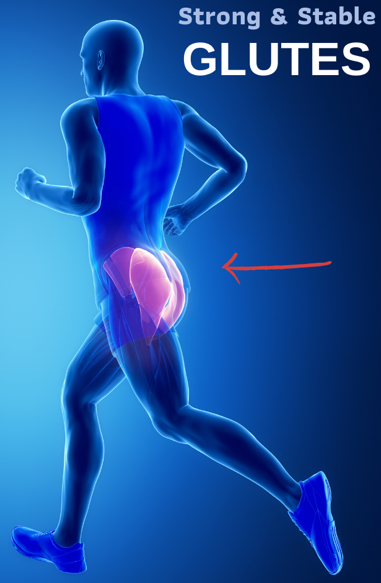
Glutes
The gluteus maximus’ primary role is to create hip extension, while the glute medius acts to stabilise the leg each time it hits the ground. Tight glute muscles can pull on surrounding muscles such as the lower back and hamstrings, which in turn could lead to lower back pain, knee pain and piriformis syndrome.
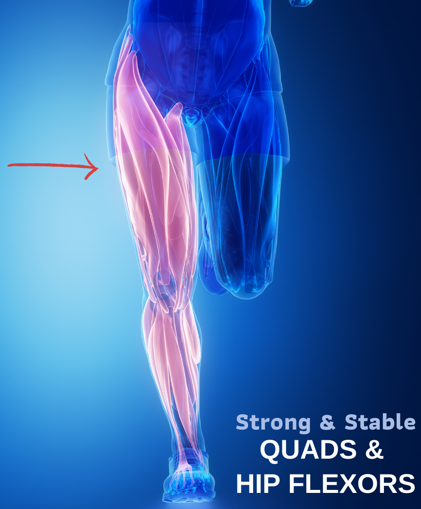
Hip Flexors
The hip flexors complete the movement of hip flexion (surprising, I know), which is when you bring your knee up towards your chest. The hip flexors are often tight from being in seated positions all day, and this can inhibit the body’s ability to achieve full hip extension, which can ultimately prevent the powerful glute muscles from working properly. When these muscles are tight, it can also change our pelvis position and result in an increased arch in the lower back. This places excess length on the hamstrings, which may predispose you to increased risk of hamstring strain.
Quadriceps
The quadriceps primary role is to straighten the knee, however one of the quadricep muscles (the rectus femoris) also crosses the hip joint and acts as a hip flexor, so if this muscle is tight we can have the same issues as mentioned above.
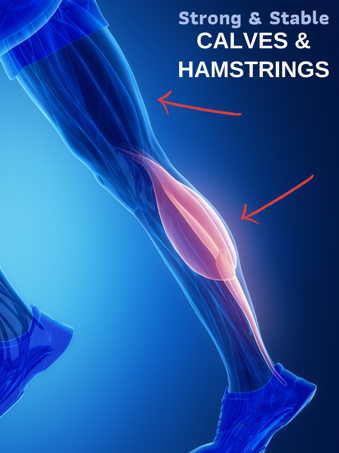
Hamstrings
The hamstrings work to bend the knee so that the foot can be lifted off the ground, and works in partnership with the quads to control the straightening of the knee. As a result, tight hamstrings can reduce stride length in running if it is inhibiting adequate leg extension and may predispose you to risk of hamstring injury.
Calves
The calf muscles plantarflex the foot, pushing the front of the foot down and ultimately propelling the body forwards. If these muscles are tight, there is a reduction in dorsiflexion (which is movement of the toes pointing upwards) which can lead to increased pronation of the foot to compensate. Tighter calf muscles also don’t have the capacity to generate the same amount of power, decreasing running efficiency and performance.
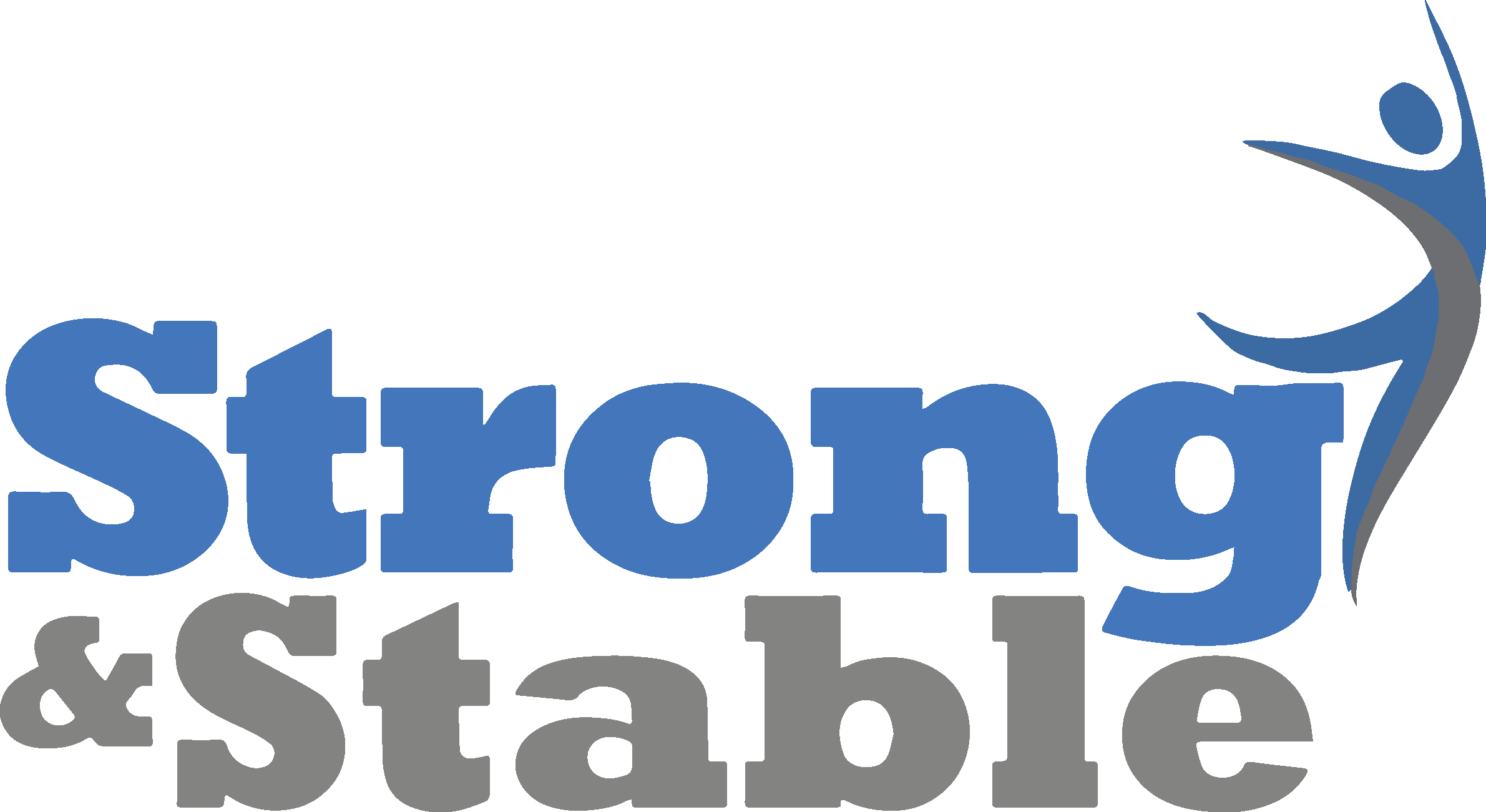
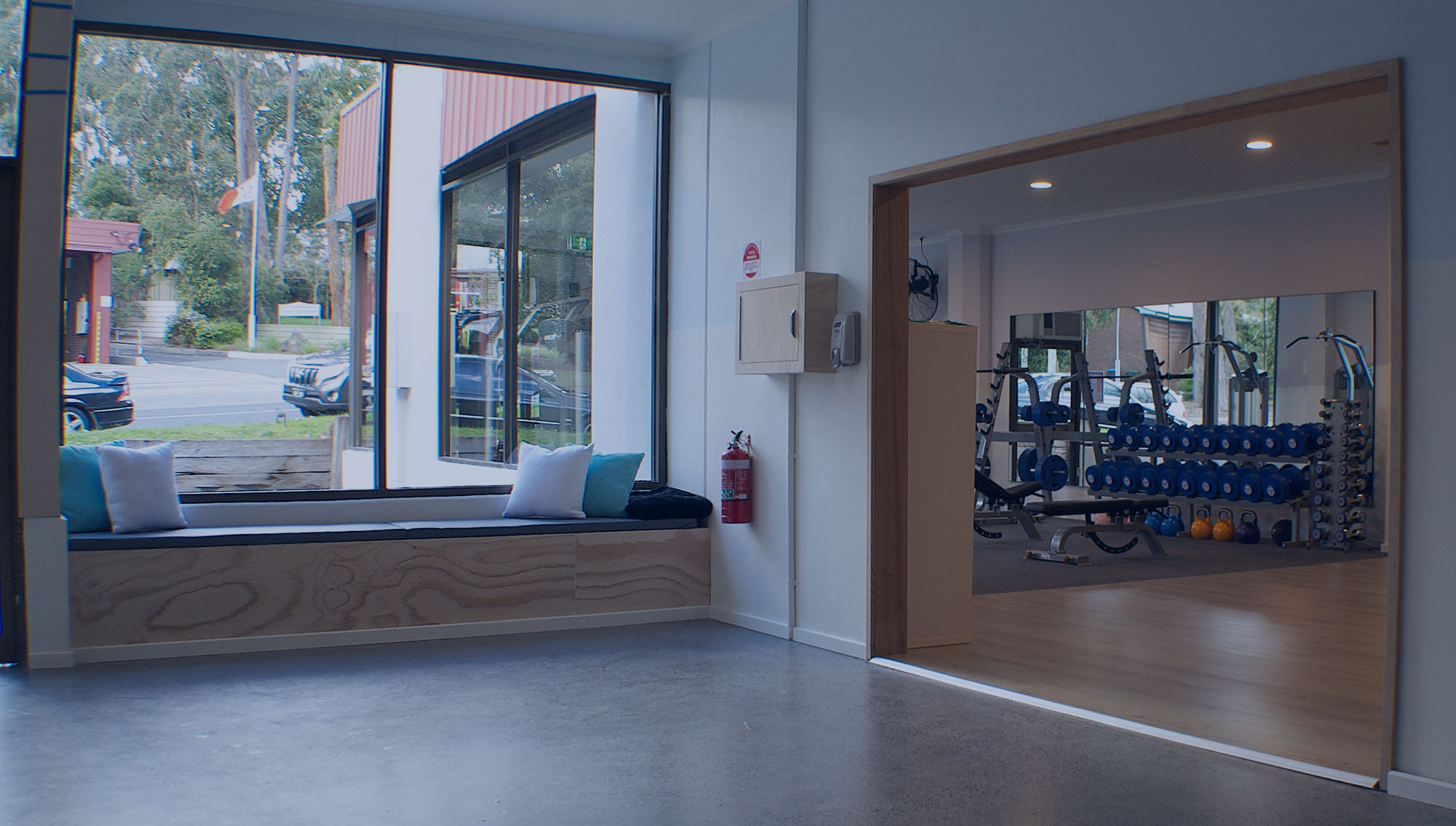
Sorry, the comment form is closed at this time.